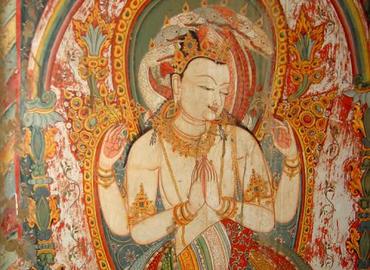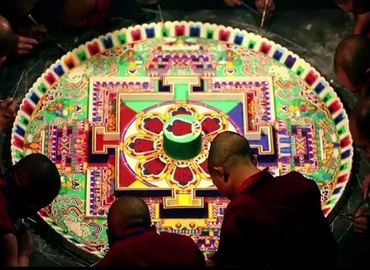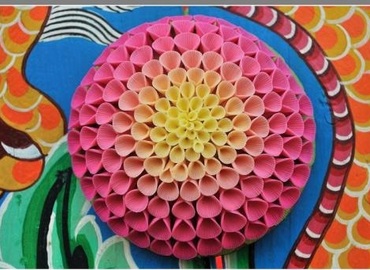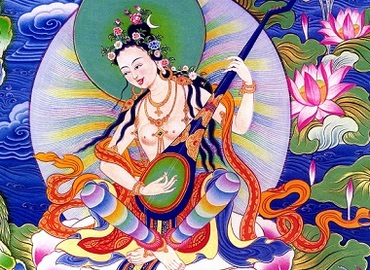Tibetan Cliff and Rock Carving
- Eric
- Last Updated : 06/14/2024
Tibet is not only famous for its beautiful views but also known as a land with countless distinctive human landscapes. As an ancient nation that originated from the Stone Age, Tibetans have deep feelings about stones that could be found in most of their daily activities in the past. If you have a travel plan to Tibet, you could find many historical remains of stone, especially some valuable cliff and rock carvings. As the crystallization of art and wisdom, these artworks are great gifts handed down from ancient times.
Tibetan Rock Carving
As a popular form of art in Tibet, rock carving is known for its exquisite works of art carved on huge mountains or steep cliffs. With the largest area and the biggest number of rock paintings, the Yaowangshan Rock Carving which is located to the southwest of the Potala Palace in Lhasa is the most famous one in Tibet. There are a large number of stone statues on the cliff of the western part of Yaowangshan with a length of about 2 kilometers from the Tubo Dynasty. If you take a look from a distance, Yaowangshan seems very imposing like a natural museum of stone carving. Most of the carvings there are on the theme of Buddhas, guardians of Buddhism and eminent monks. With rough and simple styles, these images are full of mystery.
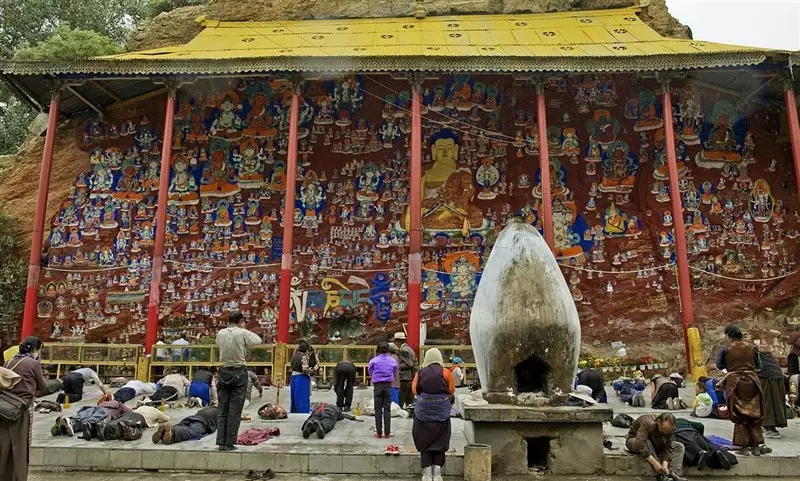
Mani Stones
Everyone who comes to Tibet for a journey would notice that there are so many altars built with stones. What's the use of these altars? This kind of altar is called Mani Stones. “Mani” comes from the brilliant mantra of six words “Om mani Padme Hum” in Buddhism. Every stone is usually carved or painted with Buddhist scriptures or the image of Tibetan gods. According to Tibetan culture, these ubiquitous stones are expressions of the dreams, feelings, and hopes of the locals. They are used for blessing in a kora and rectifying the bad ideas of the pilgrims. The devout Tibetans believe that if they keep on carving/painting the six-syllabled Sanskrit mantra that they chant day and night, these stones could receive magic power and bring the believers luck and happiness. As time goes by, more and more of these stones are laid by the road and form unique human sights. Especially in some villages far away from towns and monasteries, mani stones play an important role in the spiritual life of the locals.
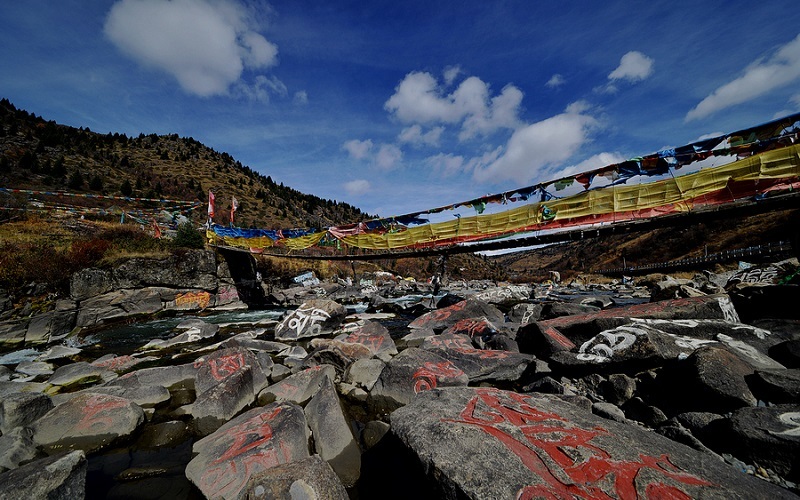
According to Tibetan legend, some places like the mountain pass, the entrance to a village, and the water source area are usually controlled by evil spirits. Putting Mani Stones here could suppress these demons and bring peace to the land. In Tibetan tradition, people believe that both human being and their livestock cannot stop when they get through a mountain pass, or they will get sick. And they will take off their hats, put their palms together, and pile a stone on Mani Stones to pray for blessing. During Tibetan festivals, the pilgrims will sprinkle zanba, grains of wheat, and highland barley wine on Mani Stones to pray for peace and happiness.
Email response within 0.5~24 hours.


